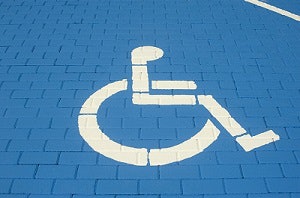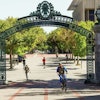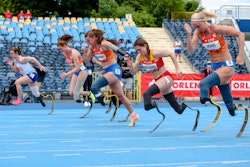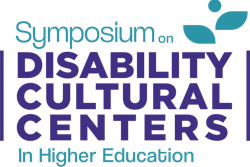As colleges and universities hastily prepare to shift their courses online in response to the coronavirus, some students might welcome the chance to attend class at home in their pajamas. But for blind students, remote courses come with a host of new concerns and questions: Will online course platforms be compatible with their screen-reader technology? Will professors send readings as Word documents, which can be read with screen-reading software, or as scans, that cannot? What if there are images without alt text to explain what’s showing on the screen?
Students with disabilities – and the advocacy organizations that serve them – are bracing themselves for an onslaught of challenges to accessibility. And the Office for Civil Rights (OCR) at the U.S. Department of Education has already flagged this concern. On Tuesday, it released a webinar and fact sheet to help educators prevent discrimination and ensure accessibility to online programs for students with disabilities as more and more schools shift their courses online amid the coronavirus pandemic.
By law, higher education institutions need to be equally accessible to all, under the Americans with Disabilities Act. And the U.S. Department of Justice and Department of Education specifically addressed the importance of accessible educational technology in guidance to college presidents in 2010 and 2011.
“Technological innovations have opened a virtual world of commerce, information, and education to many individuals with disabilities for whom access to the physical world remains challenging,” a joint 2010 letter reads. “Ensuring equal access to emerging technology in university and college classrooms is a means to the goal of full integration and equal educational opportunity for this nation’s students with disabilities.”
But schools will inevitably struggle to live up to their legal requirements as faculty scramble to move their courses off campus, said Chris Danielson, director of public relations at the National Federation of the Blind.
Part of the problem is that many colleges and universities already lack online tools that are fully accessible and lack clear guidelines about what accessibility means. Danielson’s organization often hears from college and university leaders who purchased online learning materials that vendors promised would be accessible, only to find out that they don’t meet blind students’ basic needs.
“With the speed at which things go now and the fact that more and more content is online, the [disability services offices] just can’t keep up with it,” Danielson said. In the wake of the coronavirus, that’s even more true. “But the law doesn’t stop applying because a virus is currently running around our nation. If the university is going to continue to provide education, it has to provide an equal education.”




















